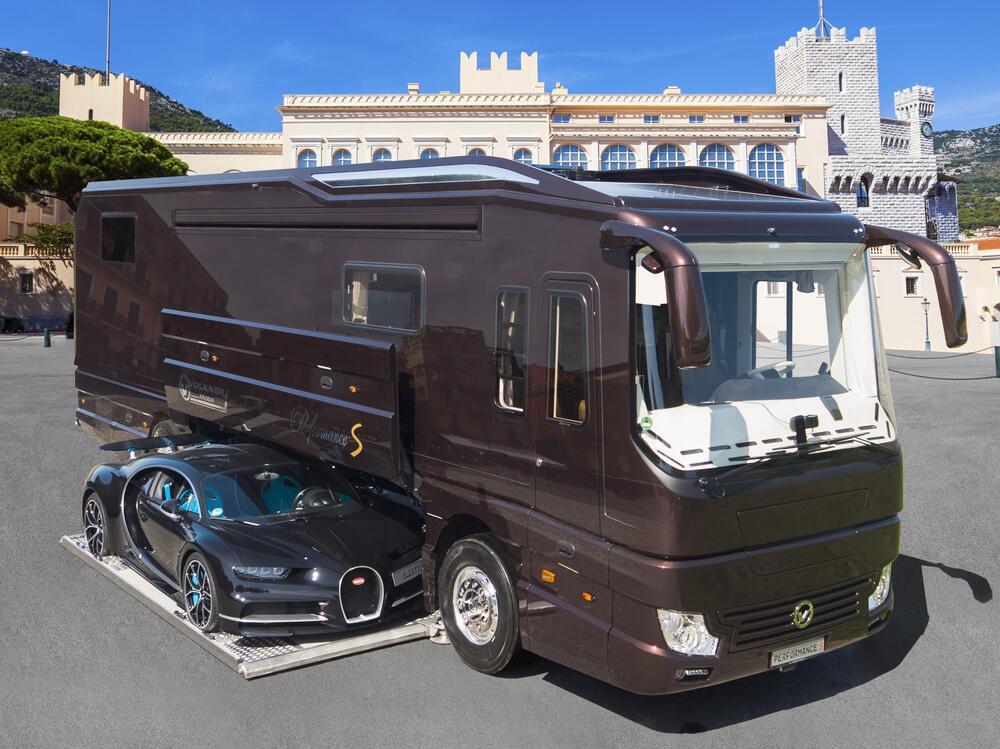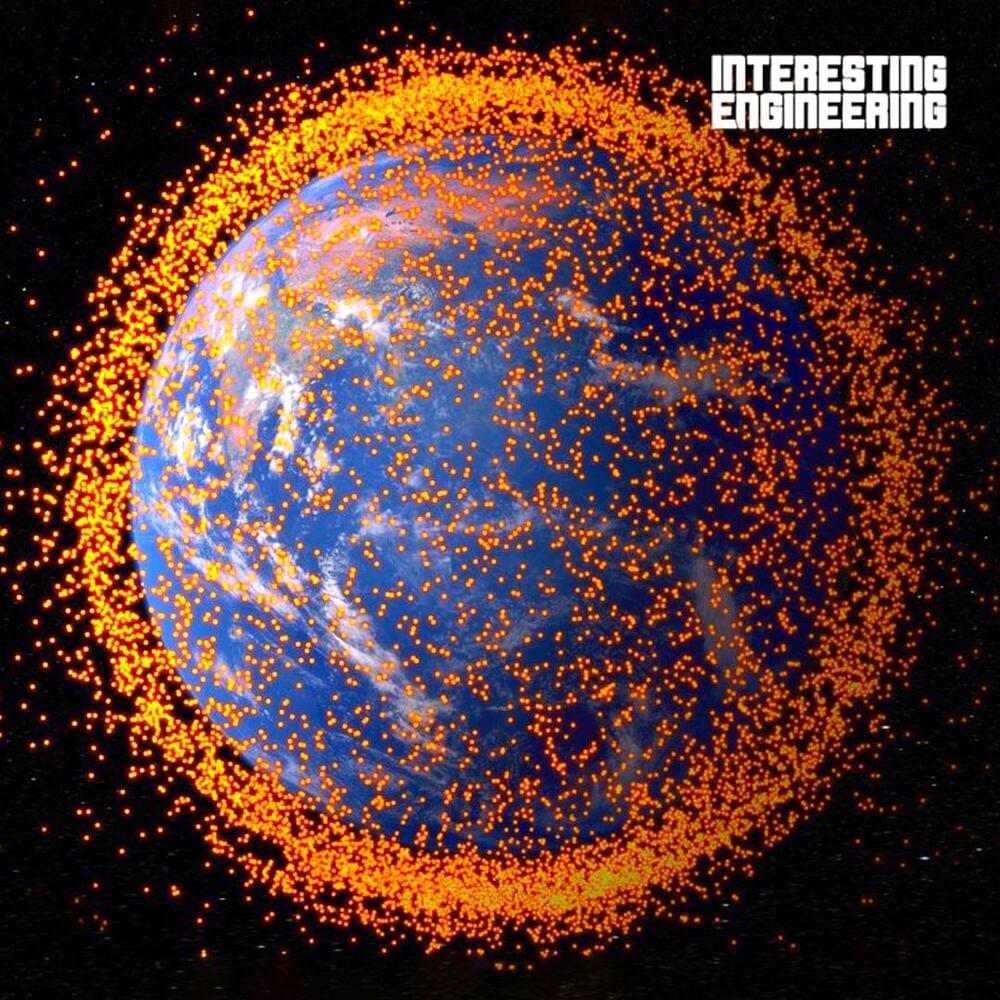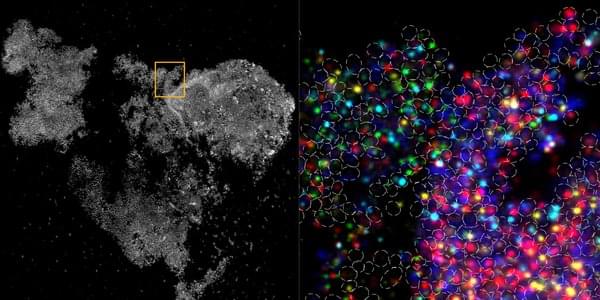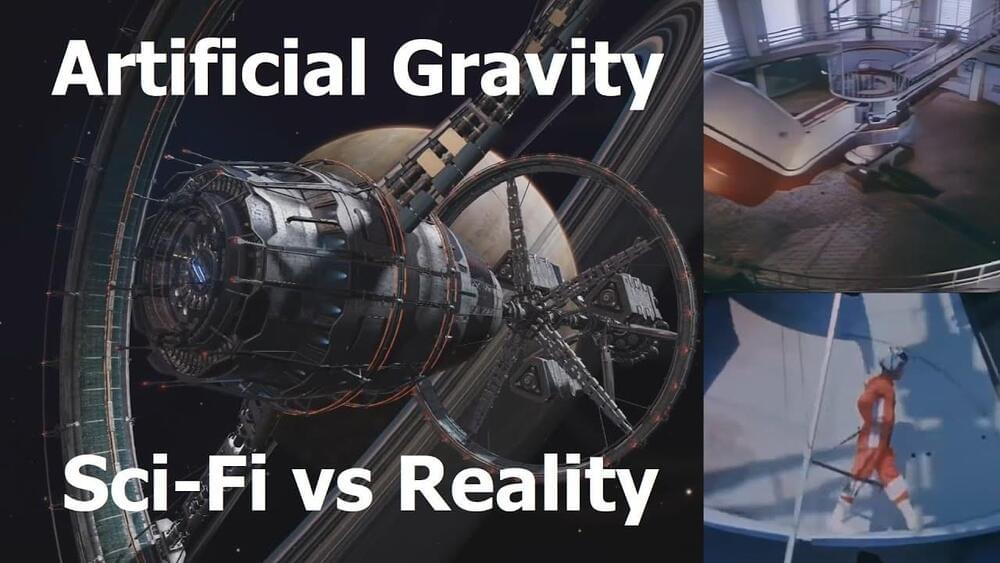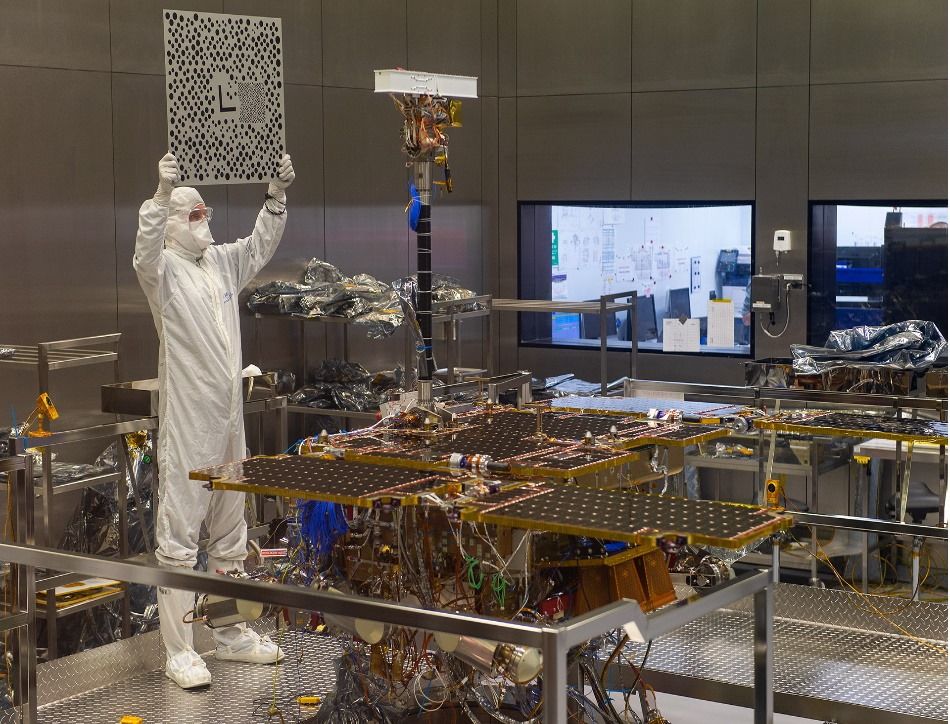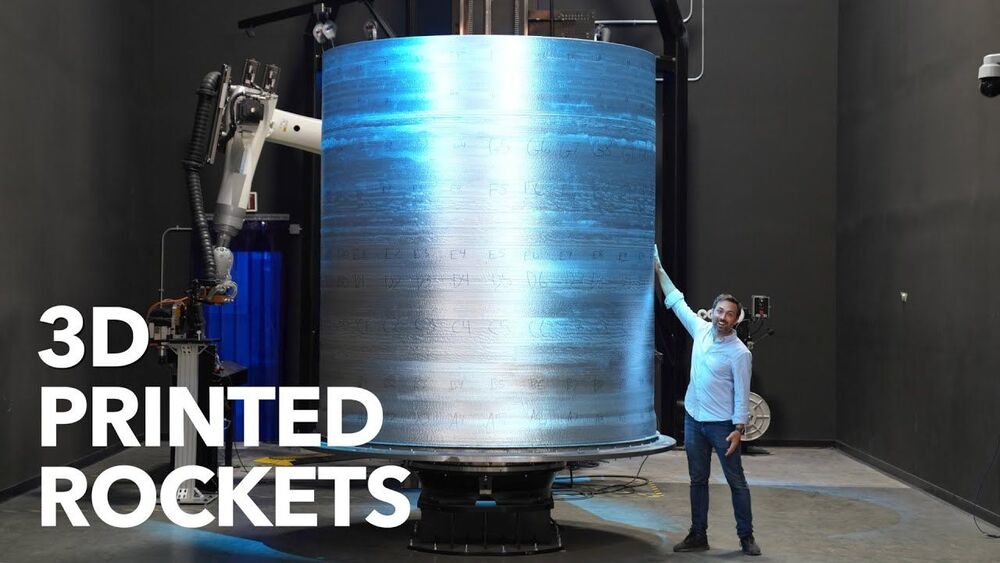Aug 30, 2021
Volkner pulls out all stops on Bugatti-stowing $7.7-million motorhome
Posted by Omuterema Akhahenda in categories: engineering, habitats, space
Volkner’s over-the-top motorhome package slides a 1,480-hp Bugatti Chiron aboard its $2.4-million Performance S motorhome and treats owners of the elaborate ultra-luxury/hypercar vehicle experience.
In the past, we’ve seen Volkner edge out its few competitors for “most expensive motorhome of the Düsseldorf Caravan Salon” honors with stretched luxury homes as “modestly” priced as $1.7 million. This year, it leaves the competition in the dust, going all out on the priciest, most over-the-top motorhome package on the show floor. It slides a 1,480-hp Bugatti Chiron aboard its $2.4-million Performance S motorhome and treats owners of the elaborate ultra-luxury/hypercar vehicle experience to a lavishly appointed abode complete with custom Burmester audio system carefully tailored to the mobile space.
For more than a decade, Volkner has been wowing the Düsseldorf crowds with the sporty roadsters and supercars it manages to squeeze between the axles of its huge motorhomes. This year, it’s really upped its own game.
Continue reading “Volkner pulls out all stops on Bugatti-stowing $7.7-million motorhome” »
